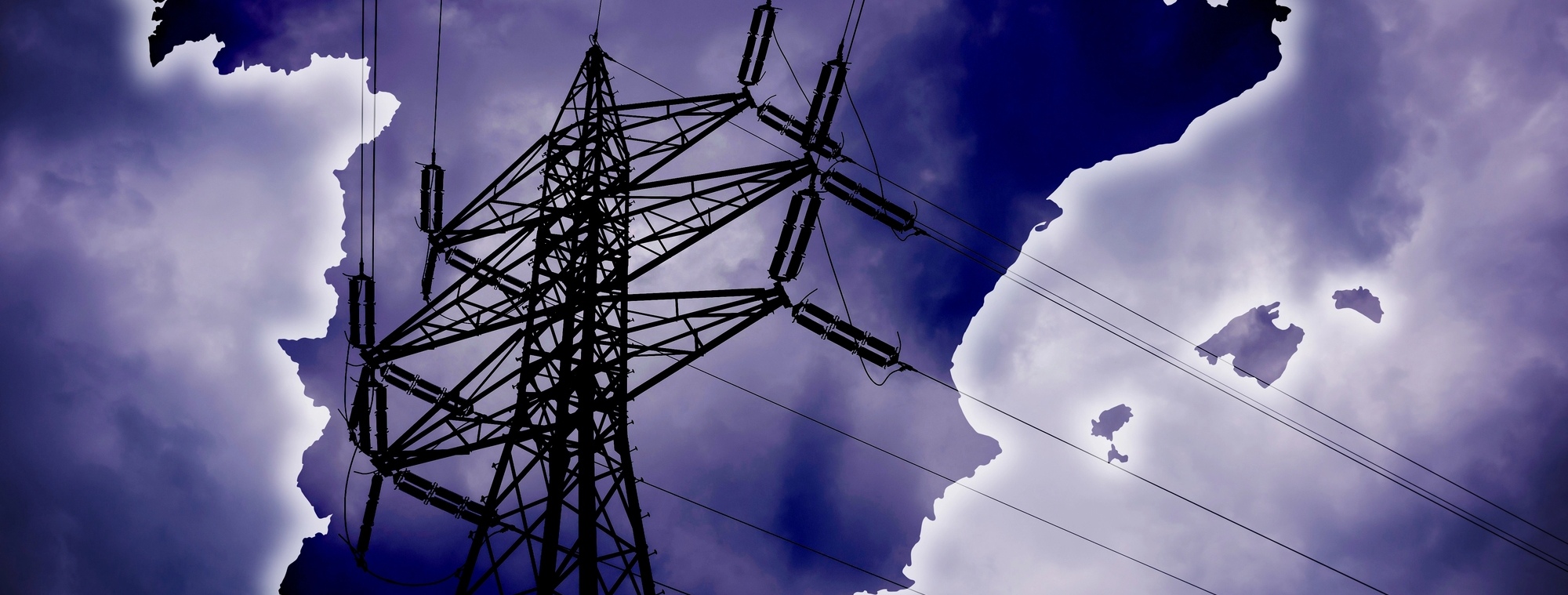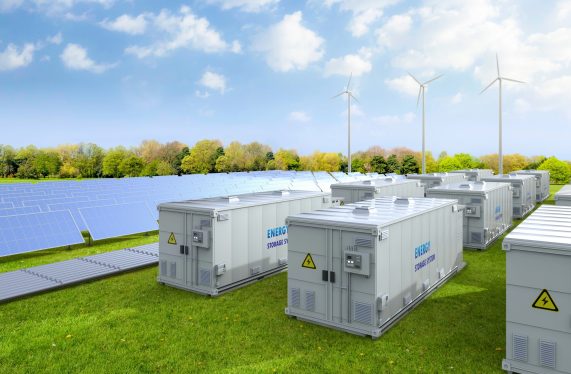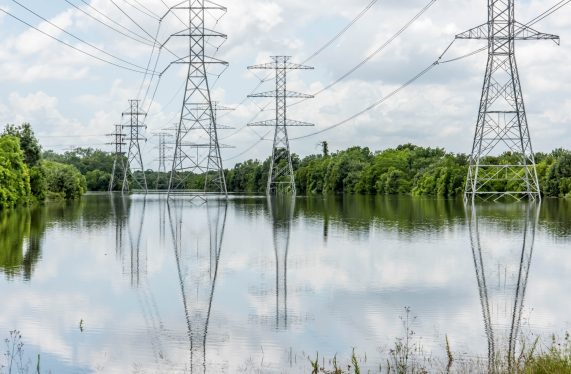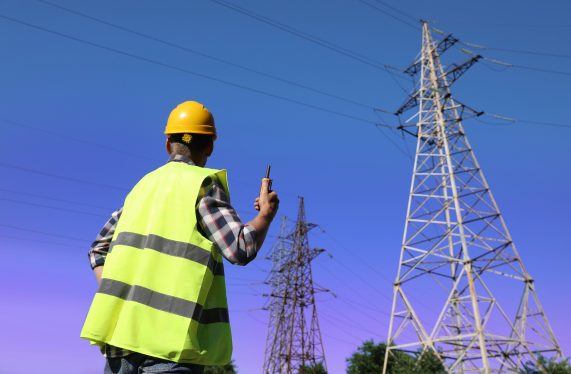What happened in the Iberian Peninsula?
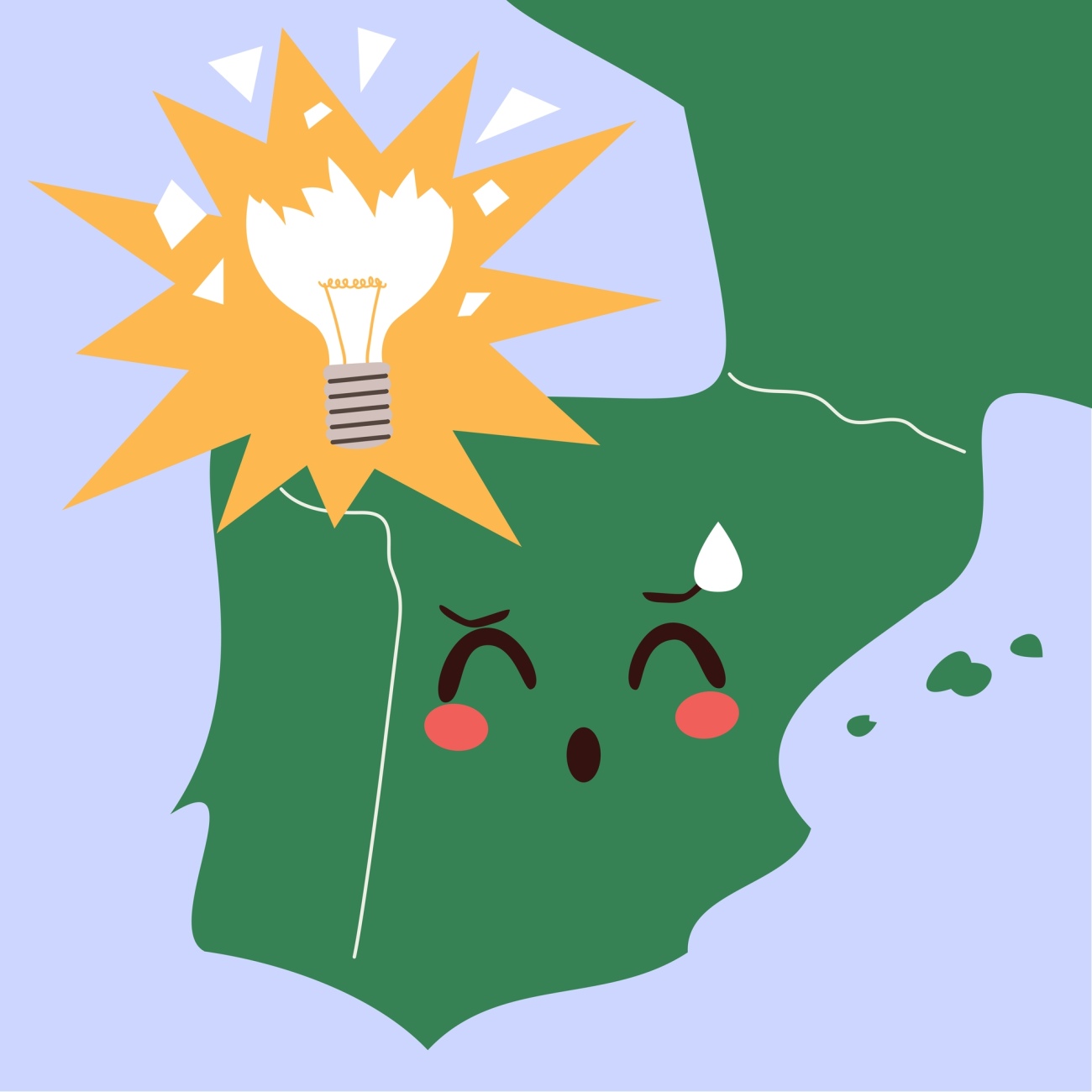
At the end of April 2025, the Iberian Peninsula experienced one of the most significant power outages in recent European history.
On April 28, a massive blackout swept across Spain and Portugal, plunging major cities such as Barcelona, Valencia, Madrid, and Lisbon into darkness. Some areas in southern France, close to the Spanish border, were also affected, albeit for a brief period.
The outage lasted for more than half a day, triggering a state of emergency in both countries.
Electricity supply was gradually restored with the help of power generation resources, such as hydropower plants, and cross-border interconnections, particularly with France and Morocco.
According to early estimates, approximately 55 million people were affected, with impacts ranging from public transport shutdowns and communication blackouts to disruptions in healthcare and emergency services.
Airports, metro systems, and mobile networks were paralyzed, and critical infrastructure operated on backup power, where available.
Consequences of the Blackout:
- Urban disruption: Traffic signals failed, contributing to congestion and accidents in major cities.
- Transport paralysis: Train and metro services were suspended, leaving thousands of commuters stranded.
- Digital blackout: Internet traffic in Spain reportedly dropped to just 17% of normal levels during the outage.
- Healthcare concerns: Hospitals operated on emergency generators, with isolated incidents raising concerns about the safety of backup systems.
While power was gradually restored within several hours, full grid recovery took place overnight, highlighting the vulnerability of even modern European energy systems.
What Really Went Wrong — And What Didn’t?
Was renewable energy the problem?
In the immediate aftermath of the blackout, some commentators were quick to blame renewable energy.
Since Spain and Portugal are among Europe’s leaders in wind and solar power, the incident was seen by some as the result of relying too heavily on energy sources that do not produce electricity around the clock.
But the facts tell a different story.
What caused the blackout?
While the exact cause has yet to be officially confirmed, multiple independent reports suggest that the incident was triggered by a major transmission line fault in southwestern France, which caused a cascade of instability across the interconnected European grid.
Crucially, what followed was not a lack of generation, but a collapse in grid frequency stability, known as a drop in inertia.
Why does grid inertia matter?
To keep the power grid stable, it is not enough to simply produce enough electricity, the system also needs to react quickly and smoothly to any sudden changes.
This ability depends on a concept called inertia.
In traditional power systems that rely on coal, gas, hydro or nuclear plants, large rotating machines naturally provide inertia.
This rotational energy helps stabilize the grid’s frequency and voltage, acting like a shock absorber during unexpected disturbances.
These systems are designed to handle sudden changes without significant disruption.
Renewable energy sources like wind and solar, however, connect to the grid using inverters.
They do not have moving parts that store kinetic energy, so they do not provide this stabilizing effect.
As more renewables enter the energy mix, the overall inertia of the grid decreases.
When inertia is low, even small disturbances, like the transmission line fault in France, can cause the frequency or voltage to fluctuate quickly and unpredictably.
If the grid cannot respond fast enough, these fluctuations spread, and the result can be widespread blackouts. In other words, low inertia makes the grid more fragile unless we actively compensate for it with new technologies.
So, what was the real issue?
So no, the problem was not too much renewable energy.
As energy analysts at S&P Global noted, Spain’s grid regularly operates under high levels of renewable penetration without issues.
The real challenge lies elsewhere: in the lack of modern grid infrastructure and advanced frequency control technologies to support the produced green energy.
Is Europe’s grid infrastructure fit for the future?
It is also worth noting that much of Europe’s transmission infrastructure was built between the 1950s and 1980s, thus now approaching the end of its technical lifespan.
Without timely investment and upgrades, even the best energy mix will struggle to remain reliable.
The Iberian blackout may have shocked the public, but to many in the sector, it was an overdue warning sign.
In recognition of the gravity of the incident, ENTSO-E has convened an independent expert panel to investigate the blackout.
The panel includes representatives from national transmission system operators, regional coordination centers, and the Agency for the Cooperation of Energy Regulators (ACER), which has expressed its full support.
Their mission is to produce a detailed report analyzing the root causes and proposing recommendations to improve system resilience across Europe.
How can we prevent similar blackouts in the future?
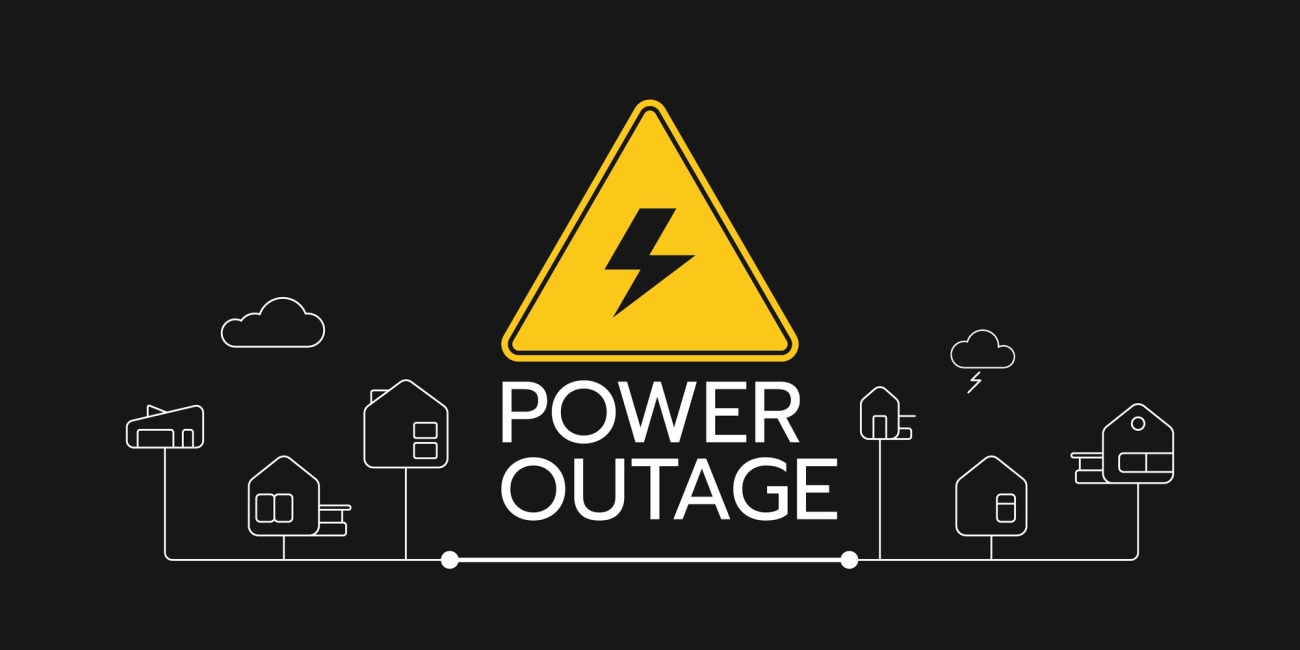
The Iberian blackout was not just a localized failure, it was a signal flare for the entire continent.
As Europe races toward its climate targets and expands electrification, its grid must evolve just as rapidly.
That means recognizing that clean generation alone is not enough, the infrastructure that delivers it must be modern, intelligent, and resilient.
At the heart of this transformation is the need for grid modernization.
Much of Europe’s transmission network was built decades ago, during an era of predictable, centralized power.
Today’s decentralized and variable power flows require smarter systems, with real-time monitoring, faster control responses, and the ability to manage bi-directional electricity flows.
Equally important is grid flexibility and stability.
With more renewables feeding into the system, maintaining voltage and frequency becomes a technical balancing act.
Solutions already exist: technologies like supercapacitors, battery storage systems, and advanced inverters can help replicate the stabilizing effects of traditional generators.
These are not distant innovations; they are deployable today.
Investment is crucial.
According to the European Network of Transmission System Operators (ENTSO-E), the EU will need up to €584 billion by 2030 to reinforce its electricity grids.
Without this, the risk of bottlenecks, cascading failures, and further blackouts will only grow.
A Wake-Up Call for Europe’s Energy Future
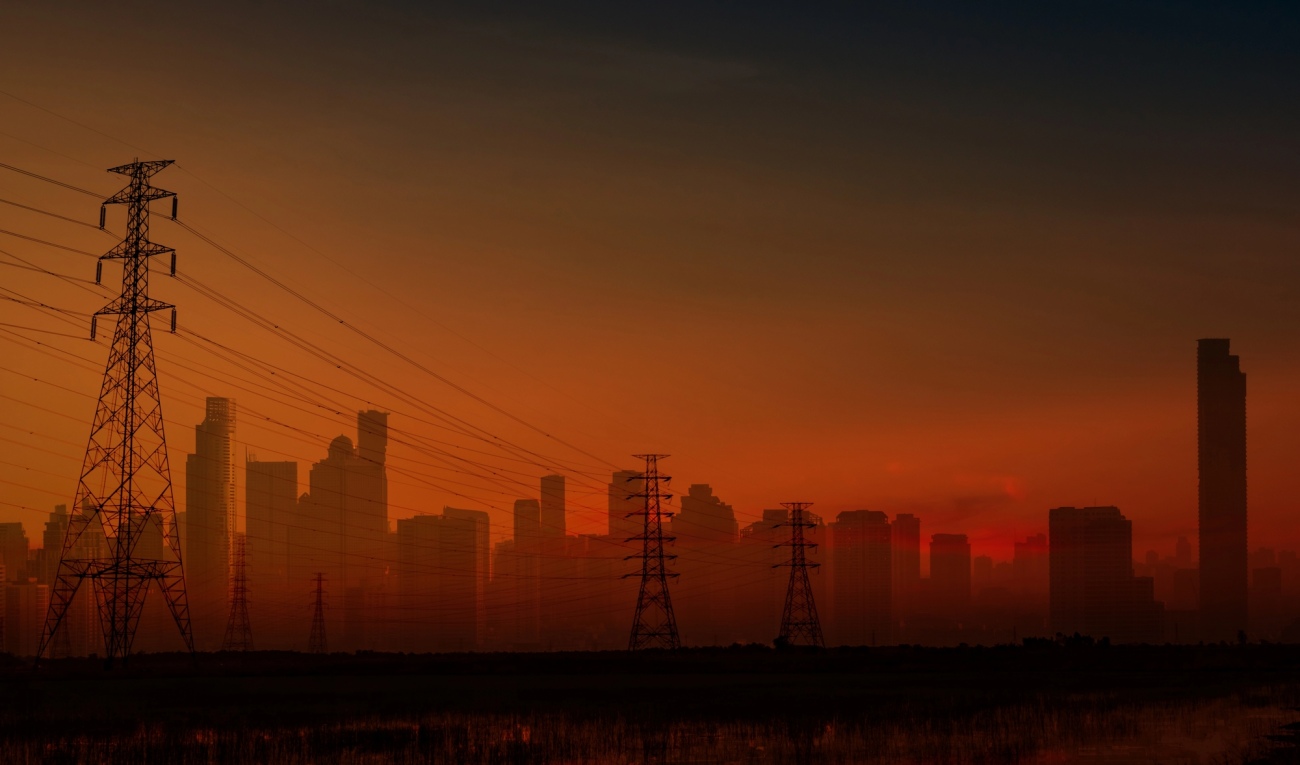
The Iberian blackout was more than a regional disruption, it was a warning shot for all of Europe.
As we move towards a decarbonized and electrified future, the stability of our electricity grids must not be taken for granted.
The solution is not to slow down on renewables, but to accelerate our investment in the technologies, infrastructure, and planning needed to support them.
From advanced frequency regulation and storage solutions to stronger interconnections and modernized grid operations, the tools to avoid future crises already exist.
What’s missing is urgency.
For countries like Greece, the lesson is clear: grid resilience must go hand in hand with energy transition.
Because the next blackout may not wait for us to be ready.
